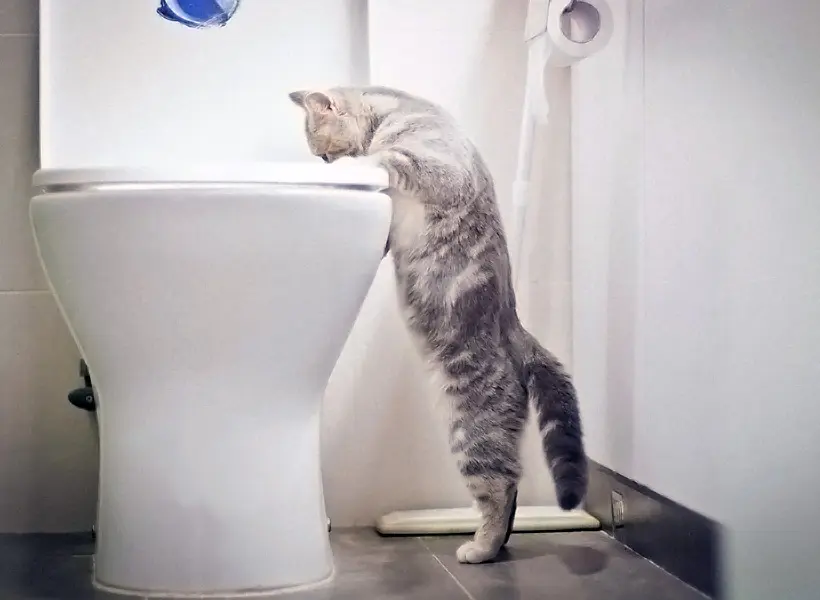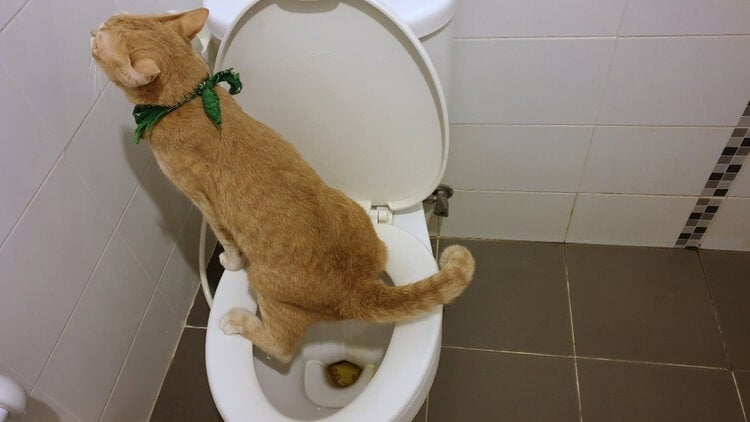Almost everyone has their own unique piece of advice about How to Dispose of Cat Poop and Litter Without Plastic Bags.

Introduction
As cat owners, it's essential to bear in mind how we deal with our feline pals' waste. While it may seem convenient to flush pet cat poop down the toilet, this technique can have detrimental repercussions for both the environment and human health and wellness.
Ecological Impact
Purging cat poop presents unsafe pathogens and bloodsuckers into the supply of water, posing a significant danger to water communities. These impurities can negatively influence aquatic life and compromise water high quality.
Wellness Risks
Along with ecological worries, flushing cat waste can also posture wellness threats to people. Feline feces may consist of Toxoplasma gondii, a parasite that can cause toxoplasmosis-- a possibly serious disease, particularly for expectant ladies and individuals with damaged immune systems.
Alternatives to Flushing
Fortunately, there are more secure and more accountable methods to take care of pet cat poop. Take into consideration the following options:
1. Scoop and Dispose in Trash
One of the most usual technique of taking care of feline poop is to scoop it into a naturally degradable bag and toss it in the garbage. Make sure to make use of a devoted trash scoop and get rid of the waste without delay.
2. Usage Biodegradable Litter
Select eco-friendly cat litter made from materials such as corn or wheat. These trashes are eco-friendly and can be securely disposed of in the garbage.
3. Hide in the Yard
If you have a backyard, take into consideration hiding feline waste in an assigned area away from vegetable yards and water resources. Make sure to dig deep enough to prevent contamination of groundwater.
4. Mount a Pet Waste Disposal System
Buy a family pet waste disposal system specifically made for feline waste. These systems use enzymes to break down the waste, lowering odor and ecological effect.
Conclusion
Liable animal possession extends past offering food and shelter-- it additionally involves appropriate waste management. By refraining from purging cat poop down the bathroom and going with alternative disposal techniques, we can decrease our environmental footprint and secure human wellness.
Why Can’t I Flush Cat Poop?
It Spreads a Parasite
Cats are frequently infected with a parasite called toxoplasma gondii. The parasite causes an infection called toxoplasmosis. It is usually harmless to cats. The parasite only uses cat poop as a host for its eggs. Otherwise, the cat’s immune system usually keeps the infection at low enough levels to maintain its own health. But it does not stop the develop of eggs. These eggs are tiny and surprisingly tough. They may survive for a year before they begin to grow. But that’s the problem.
Our wastewater system is not designed to deal with toxoplasmosis eggs. Instead, most eggs will flush from your toilet into sewers and wastewater management plants. After the sewage is treated for many other harmful things in it, it is typically released into local rivers, lakes, or oceans. Here, the toxoplasmosis eggs can find new hosts, including starfish, crabs, otters, and many other wildlife. For many, this is a significant risk to their health. Toxoplasmosis can also end up infecting water sources that are important for agriculture, which means our deer, pigs, and sheep can get infected too.
Is There Risk to Humans?
There can be a risk to human life from flushing cat poop down the toilet. If you do so, the parasites from your cat’s poop can end up in shellfish, game animals, or livestock. If this meat is then served raw or undercooked, the people who eat it can get sick.
In fact, according to the CDC, 40 million people in the United States are infected with toxoplasma gondii. They get it from exposure to infected seafood, or from some kind of cat poop contamination, like drinking from a stream that is contaminated or touching anything that has come into contact with cat poop. That includes just cleaning a cat litter box.
Most people who get infected with these parasites will not develop any symptoms. However, for pregnant women or for those with compromised immune systems, the parasite can cause severe health problems.
How to Handle Cat Poop
The best way to handle cat poop is actually to clean the box more often. The eggs that the parasite sheds will not become active until one to five days after the cat poops. That means that if you clean daily, you’re much less likely to come into direct contact with infectious eggs.
That said, always dispose of cat poop in the garbage and not down the toilet. Wash your hands before and after you clean the litter box, and bring the bag of poop right outside to your garbage bins.
https://trenchlesssolutionsusa.com/why-cant-i-flush-cat-poop/

We had been brought to that article about Don’t flush cat feces down the toilet through an associate on our other web page. Enjoyed our review? Please share it. Help others check it out. Thank you for taking the time to read it.
Call Today